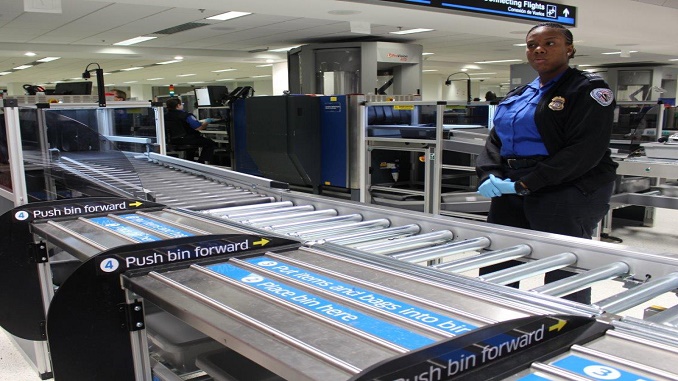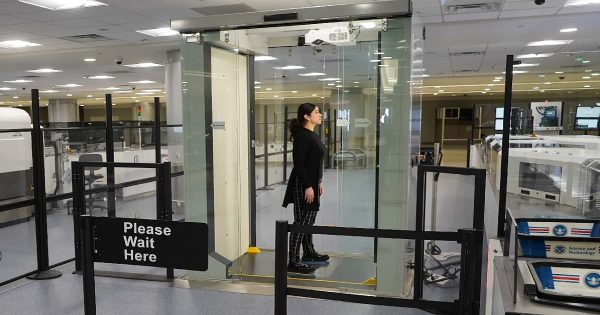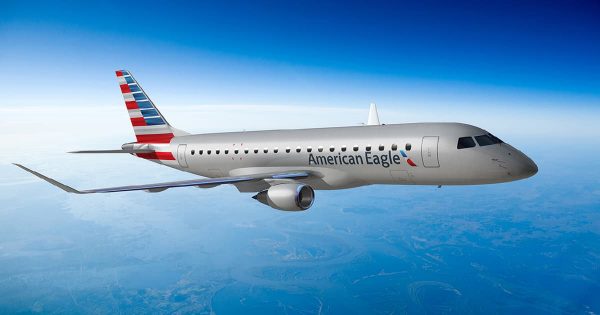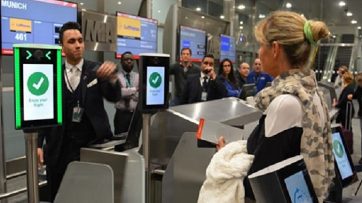American Airlines, in coordination with the Transportation Security Administration (TSA) and Miami-Dade Aviation Department, has launched two automated security screening lanes in Terminal D at Miami International Airport (MIA).
These new automated screening lanes, funded by American, incorporate technology and screening station modifications that enhance security effectiveness while decreasing the time passengers spend in security screening.
The advanced equipment in the automated lanes offers a number of unique features designed to improve the screening of travelers by automating many of the functions currently conducted manually, allowing passengers to move more swiftly through the checkpoint. These innovations include:
- Automated belts that draw bags into the X-ray machines, returning the bins back to queue after completion of the screening
- Bags with a potential threat can be directed to a separate area to allow bins behind it to continue through the system uninterrupted
- Property bins that are 25 percent larger than the bins in regular screening lanes
- Unique Radio Frequency Identification (RFID) tags that are attached to each bin to allow for additional accountability of items as they transit throughout the system
- Cameras that capture photos of the outside of the bag, which is linked to the X-ray image of the bag’s contents
American has also launched automated screening lanes at hubs in Chicago, Dallas/Fort Worth, Los Angeles and New York City.
Additionally, American is investing in state-of-the-art Computed Tomography (CT) checkpoint technology. CT technology is expected to provide an enhanced level of detection for aviation security officials. This technology provides officials with scanning equipment that more clearly identifies potential threat items, including those concealed within personal electronic devices (PEDs).
According to the U.S. Department of Homeland Security (DHS), CT technology is one way the aviation community, including foreign airports, can “raise the bar for aviation security globally.”
This past June, the TSA, working collaboratively with American, began demonstrating CT technology in a checkpoint lane of Terminal 4 at Phoenix Sky Harbor International Airport (PHX). This was the first time ever that CT technology was deployed to screen carry-on bags. Three-dimensional CT technology could make it possible to allow passengers to leave liquids, gels and aerosols, as well as laptops, in their carry-on bags at all times. This results in a quicker throughput and less bin use.
As part of the commitment to CT technology, American and Analogic Corporation announced earlier this summer a joint partnership that will greatly expand the use CT technology at airports worldwide. American will buy multiple units of the Analogic ConneCT aviation checkpoint security screening system, making it the official launch customer of ConneCT, a breakthrough in checkpoint security scanning technology. ConneCT is designed to enhance aviation security and increase passenger throughput using an upgradeable CT platform.
Image credit: aa.com







